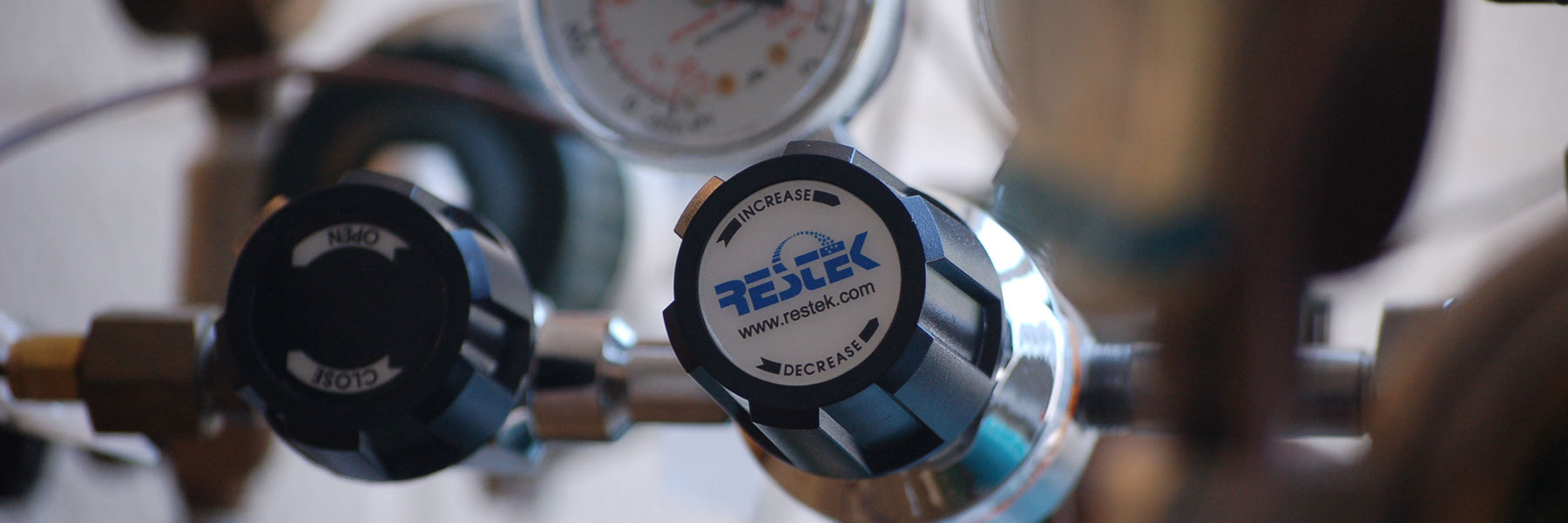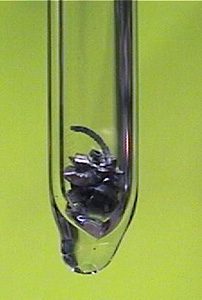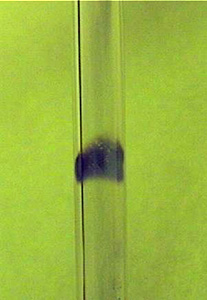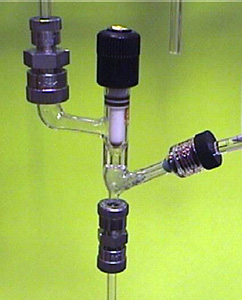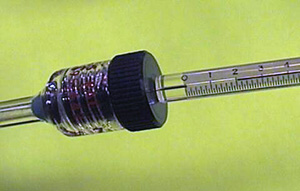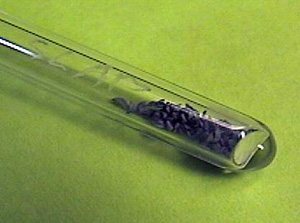All batches of zinc are thoroughly quality-controlled at Indiana University in multiple tests using VSMOW and SLAP waters, to ensure quantitative conversion of water to elemental hydrogen and reproducibility of stable isotope ratios. For best results, we recommend adherence to our analytical guidelines (see below).
Please inquire with us if you are unsure which type of zinc is best suited for your application. Before ordering zinc you may request a small free sample for testing (international shipping charges may apply).


